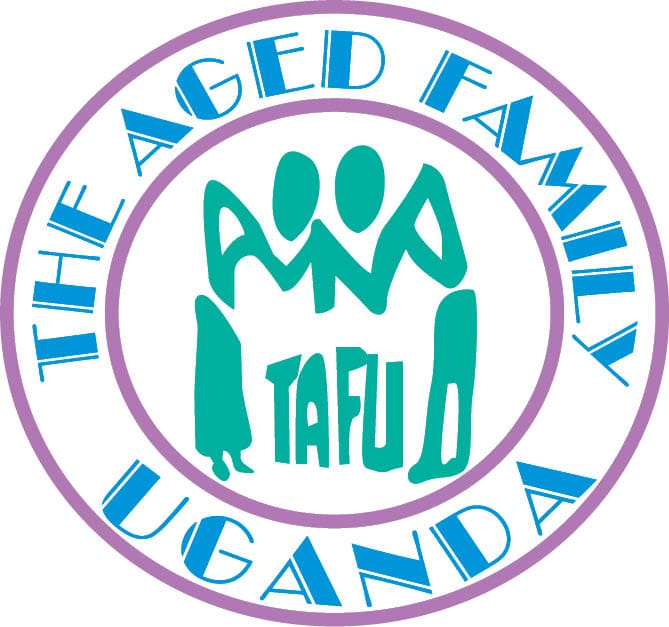Sober Living Homes in Alcoholism Recovery
Sober Living Homes in Alcoholism Recovery
Oxford House, Inc. is a 501c3 nonprofit organization that employs both office and field staff to provide technical assistance https://www.la-nouvelle-generation.com/angsamerah-clinic.html to the network of houses to foster the expansion of the Oxford House Model. The Oxford House Model is shared, studied, and growing because it works. It continues to stand the test of time as a leading model in sober living. Each house adheres to the absolute requirement that any member who returns to using alcohol or drugs must be immediately expelled. Each member pays EES (Equal Expense Share) which includes the total amount of rent due for the month, utilities and basic staples for the house.

Who Pays for Sober Living Homes?

Uchiyama said that since the storm, access has greatly improved throughout the region. NCDOT has reopened more than 1,100 roads since the storm, and is reporting less than 270 closed across all of WNC. As of last week, 8,795 locations http://citus.ru/tags/%C1%E5%F0%E5%EC%E5%ED%ED%EE%F1%F2%FC/ were identified as damaged, including 813 bridges and 852 culverts. Engineers are currently working to refine estimates for the work that needs to be done, determine what can be done in-house, and draw up contracts to be delivered with industry partners for site-specific repairs. An estimated $5 billion will be needed to restore roads, bridges and other transportation infrastructure.

Can You Still Go to Work While in A Sober Living Home?
Meanwhile, recovery homes are private properties and not under the government’s management. While not suitable for everyone, these facilities are worthwhile for people needing continued support and structure to stick to their objectives and complete the final stages of addiction recovery. More than anything, a recovery facility is a place where individuals who struggle with illicit substances or compulsive behaviors can rebuild their lives free of temptations. As a result, you will receive the necessary tools and learn techniques to foster lasting healing. Be ready to undergo random drug testing to ensure a drug-free space and mandatory participation in 12-step meetings to keep all residents engaged and active in their addiction recovery journey.
- They offer a middle step for people who are committed to being sober but aren’t ready to live independently.
- However, they are generally open to people who have completed an inpatient or outpatient addiction treatment program.
Sober Living Homes Versus Halfway Houses

Moreover, the staff will expect you to look for a job actively and find employment before checking out. That way, you show determination to commit to a healthy and stable lifestyle. Moreover, residents can practice the skills they acquire during treatment and reinforce their commitment to healing. The staff will encourage them to support one another, share their experiences, be vulnerable, open up, and hold each other accountable. A long-running study by Chicago’s DePaul University shows that people completing one year of residency maintain a sobriety rate as high as 80 percent. Instead of being left to their own fates, Mr. Molloy and other residents decided to take over the house themselves, paying the expenses and utilities, cooking the meals and keeping watch over one another’s path to recovery.
- Some recovery homes may also provide group therapy, counseling, educational workshops, and life skills training.
- People who have undergone addiction treatment in rehab centers often struggle to stay sober as they adjust to the real world.
- It took me awhile to get used to being with a group of guys like myself.
What Are the Differences between Halfway Houses and Other Sober-Living Houses?
- Some sober living houses may be placed in neighborhoods with high crime rates.
- These homes can offer an in-between option for individuals after they complete a treatment program and before they return to their homes and lives.
- Given these struggles, men-only homes usually focus on early treatment, mental health support, relapse prevention, and aftercare programs.
- Every member has an equal vote regardless of how long they’ve been there.
- Sober living also establishes a setting that offers peer accountability and encouragement, essentials for individuals striving to stay clean of dependencies.
- Sober living houses are usually peer-run facilities encouraging continued substance use disorder recovery.
- The brotherhood between house members empowers everyone to walk through tribulations with much-needed support, and to meet our high standards.
A variety of other studies have also found that sober living homes appear to be an effective component of the recovery process. Most residents at sober living homes have a private or semiprivate room. The homes usually include a kitchen, common areas and laundry accommodations. Your friends or family members https://english-lessons-online.ru/node/655 may tempt you with alcohol or other drugs by consuming them in front of you. By living together, sharing experiences, difficulties, and accomplishments, and participating in communal activities, residents can build a strong support system that will assist them in long-term recovery.

- By the end of the day, I was up on crutches, walking short distances before they discharged me.
- Women-only houses tend to focus on providing mental health support for their residents.
- These facilities still exist today and are used primarily for those who have been incarcerated or are unhoused.
- More than anything, a recovery facility is a place where individuals who struggle with illicit substances or compulsive behaviors can rebuild their lives free of temptations.
Recovery homes provide a safe environment for navigating the process and transitioning to a life after dependency. Many studies have shown that the best-practice rehabilitation treatment provides continuity of care post-discharge. Sober homes allow individuals to continue with elements of their recovery treatment even after their formal rehab program has finished. This continuation of support, motivation, and, in some cases, therapy will significantly enhance their chance of long-term sobriety. How long you stay depends on the sober-living facility and your progress in recovery. Some sober-living facilities are only offered for as long as you are in the treatment program.
